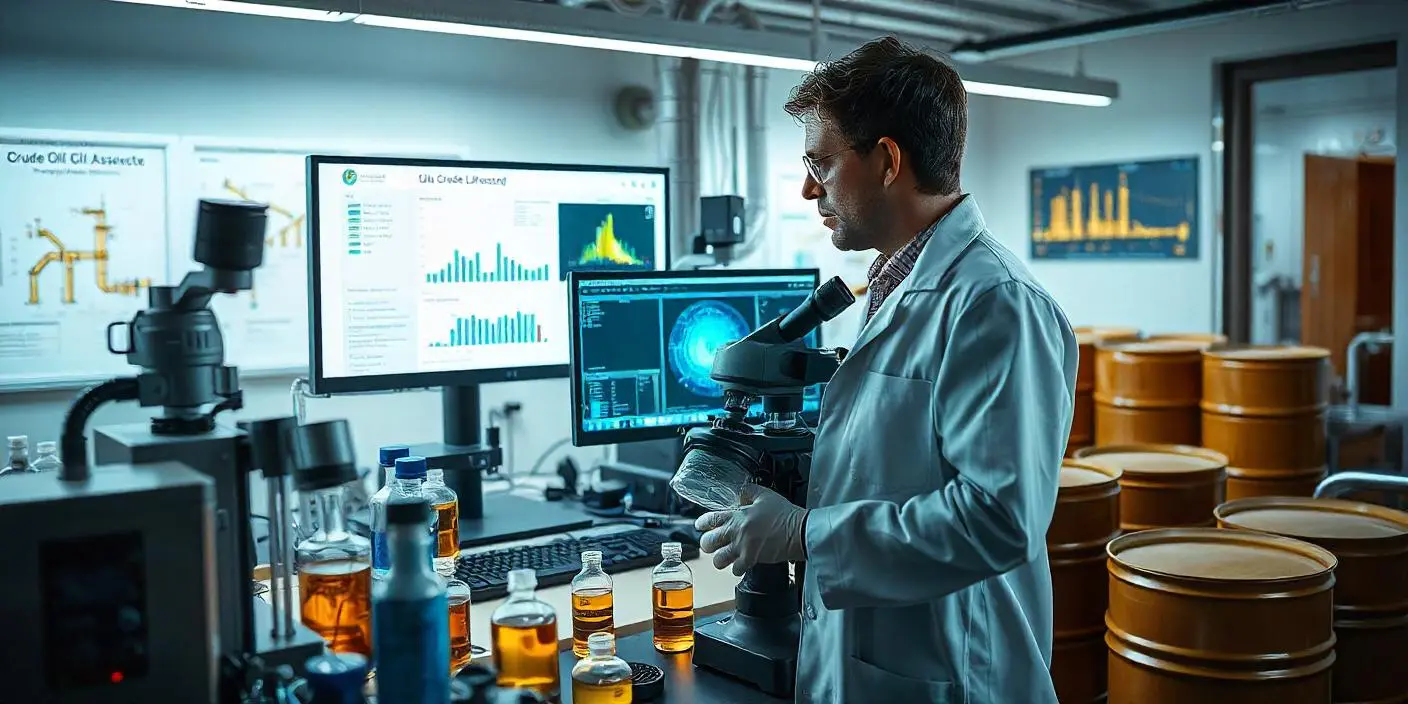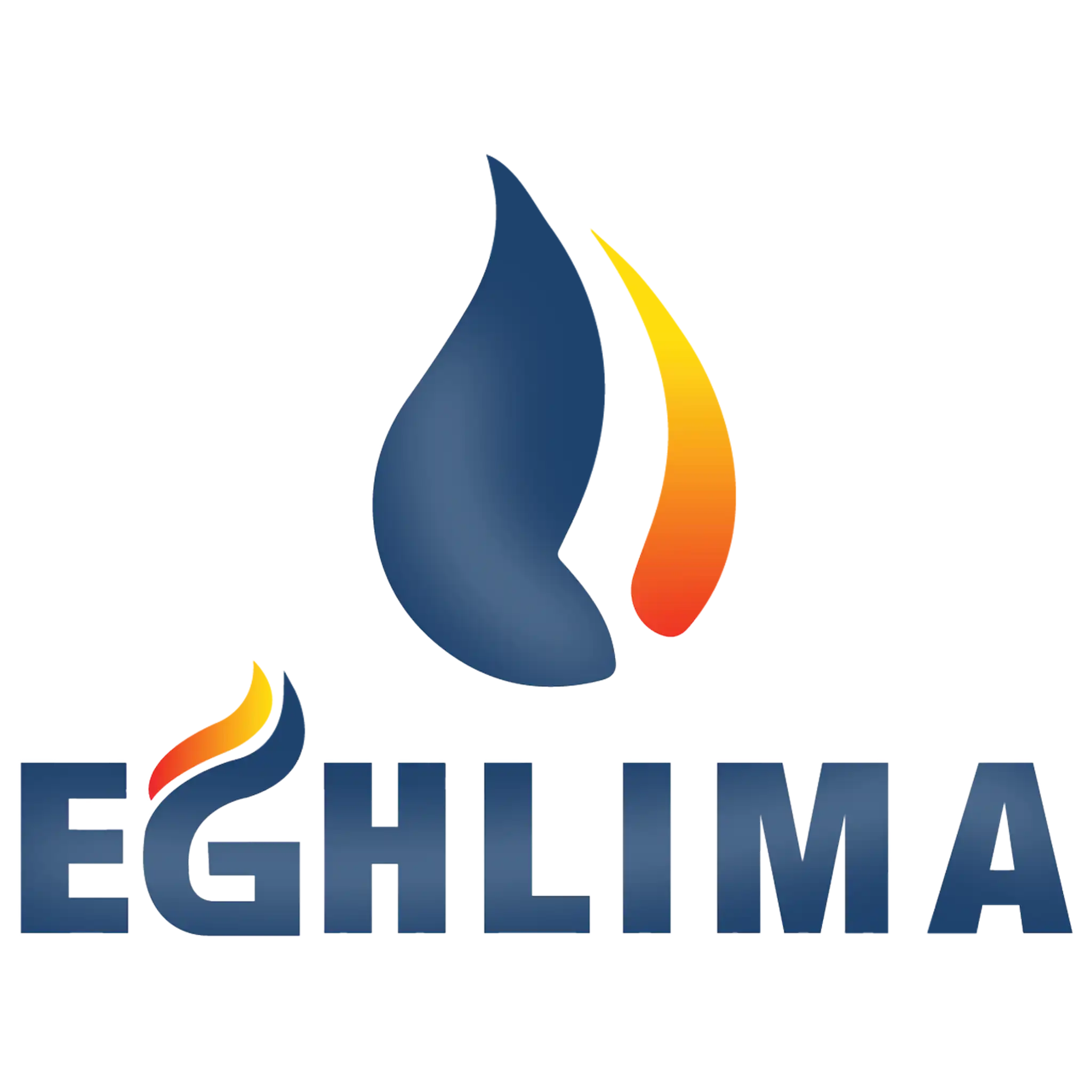Crude Oil Assay and Its Importance in Refining Processes

Introduction
Crude oil assay is the comprehensive analysis of crude oil’s physical and chemical properties. It plays a crucial role in determining how crude oil is processed in refineries, impacting product yields, refining costs, and operational efficiency. Understanding crude oil characteristics enables refiners to optimize processing strategies and meet market demands.
Key Properties Analyzed in Crude Oil Assay
A crude oil assay typically includes evaluations of various physical and chemical properties, such as:
- API Gravity – Measures the density of crude oil, influencing its classification as light, medium, or heavy.
- Sulfur Content – Determines whether the crude is sweet (low sulfur) or sour (high sulfur), affecting refining complexity and environmental compliance.
- Viscosity – Impacts flow characteristics and influences transportation and refining operations.
- Pour Point and Cloud Point – Define the temperature at which crude oil starts to solidify, which is essential for handling and storage.
- Distillation Yield – Predicts the proportions of gasoline, diesel, jet fuel, and residual fuels that can be obtained.
- Heavy Metals and Contaminants – Identifies elements like vanadium, nickel, and mercury, which can affect refining catalysts and efficiency.
Importance of Crude Oil Assay in Refining
Crude oil composition varies widely, making it essential to conduct assays for refining optimization. The primary reasons crude oil assay is crucial include:
- Refinery Configuration Matching
- Different refineries are designed to process specific crude types. Assays help refiners select the most suitable crude for their facilities.
- Process Optimization
- Understanding crude properties allows refiners to adjust distillation and conversion processes, improving efficiency and reducing costs.
- Product Yield Prediction
- Assays provide insights into expected product yields, helping refiners align production with market demand.
- Environmental and Regulatory Compliance
- Crude assays help identify sulfur content and contaminants, ensuring compliance with emissions regulations and sustainability targets.
- Economic Decision-Making
- Oil trading decisions rely on crude assay data to determine price, transportation logistics, and blending strategies.
Modern Techniques in Crude Oil Assay
Technological advancements have improved crude oil assay methods, making them more precise and efficient:
- Gas Chromatography (GC) – Used to analyze hydrocarbons and contaminants.
- Fourier Transform Infrared Spectroscopy (FTIR) – Identifies molecular composition.
- X-ray Fluorescence (XRF) – Detects sulfur and heavy metal concentrations.
- High-Performance Liquid Chromatography (HPLC) – Determines complex hydrocarbon distributions.
Challenges in Crude Oil Assay
Despite its importance, crude oil assay presents several challenges:
- Variability in Crude Composition – No two crude oils are identical, requiring continuous testing.
- Time-Consuming Procedures – Detailed assays can take days or weeks to complete.
- High Costs – Advanced testing methods and laboratory infrastructure require significant investment.
- Regulatory and Environmental Factors – Increasing restrictions on emissions necessitate additional testing and compliance measures.
Future Trends in Crude Oil Assay
The future of crude oil assay is being shaped by digitalization, automation, and advanced analytics:
- AI and Machine Learning – Predictive modeling to optimize crude selection and refining strategies.
- Real-Time Assay Technologies – On-site testing tools reducing assay turnaround time.
- Blockchain in Crude Trading – Enhancing transparency and traceability in oil transactions.
- Sustainability Metrics – Increased focus on carbon intensity and environmental impact assessment.
Conclusion
Crude oil assay is a fundamental process in the petroleum industry, providing critical data for refining optimization, economic decisions, and regulatory compliance. With advancements in technology and data analytics, crude assays are becoming more efficient and accurate, enabling refiners to maximize profitability while adhering to environmental standards. As the industry evolves, continued innovation in crude assay methods will be essential for meeting future energy demands and sustainability goals.
